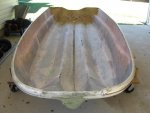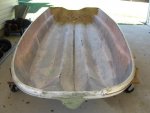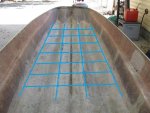Rickmerrill
Senior Chief Petty Officer
- Joined
- Mar 13, 2014
- Messages
- 686
"you'll use it faster than you think"
Yeah, while unloading the first 20Gal order I thought to myself how am I going to use up all this resin. While unloading the 2nd 20Gal order I thought to myself how did I use up all that resin!
Yeah, while unloading the first 20Gal order I thought to myself how am I going to use up all this resin. While unloading the 2nd 20Gal order I thought to myself how did I use up all that resin!






















